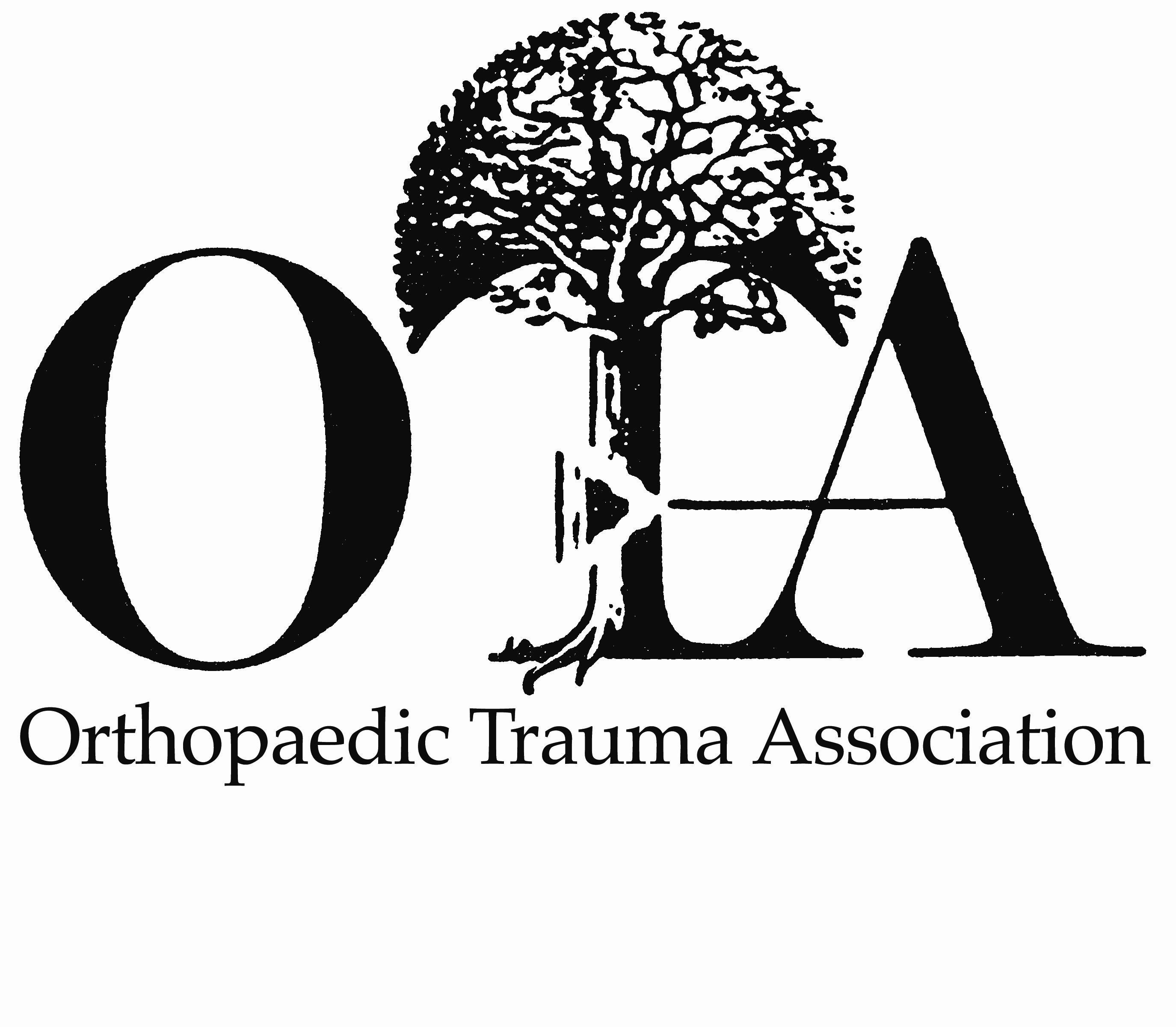
OTA 2019: No difference between IM nail or locked plate for proximal tibia fractures

Did you know you're eligible to earn 0.5 CME credits for reading this report? Click Here
CONFERENCE ACE REPORTS
This ACE Report is a summary of a conference presentation or abstract. The information provided has limited the ability to provide an accurate assessment of the risk of bias or the overall quality. Please interpret the results with caution as trials may be in progress and select results may have been presented.
Synopsis
Proximal tibia fractures can be treated with intramedullary nail or locked plating, but it is unclear if one treatment is preferable. The authors randomized 108 adult patients with A1-3 or C1 proximal tibia fractures to undergoing intramedullary nail (n = 52) or locked plating (n = 47). Follow-up was performed to 1 year. Compartment syndrome was more common in the nail group (OR 4.0). There were n...
To view the full content, login to your account,
or start your 30-day FREE Trial today.
FREE TRIAL
LOGIN
Forgot Password?
Explore some of our unlocked ACE Reports below!

Learn about our AI Driven
High Impact Search Feature
Our AI driven High Impact metric calculates the impact an article will have by considering both the publishing journal and the content of the article itself. Built using the latest advances in natural language processing, OE High Impact predicts an article’s future number of citations better than impact factor alone.
Continue



 LOGIN
LOGIN

Join the Conversation
Please Login or Join to leave comments.